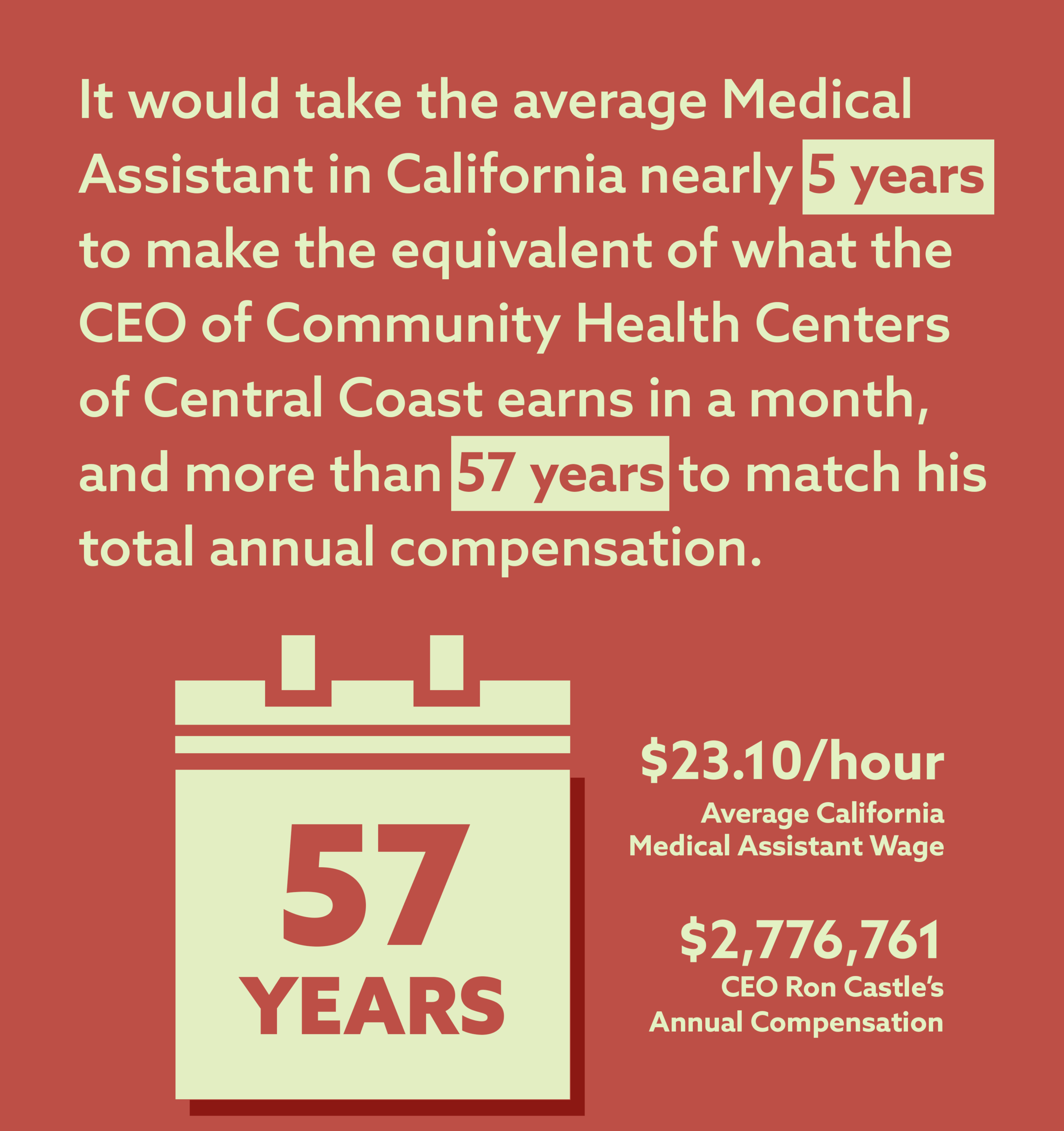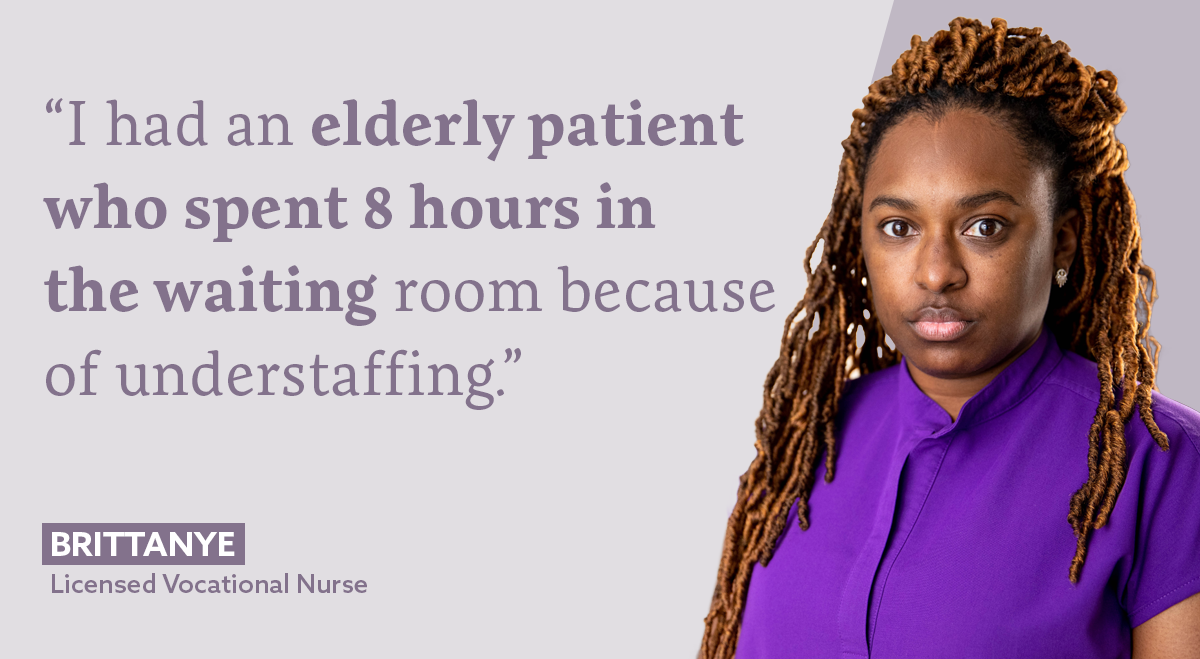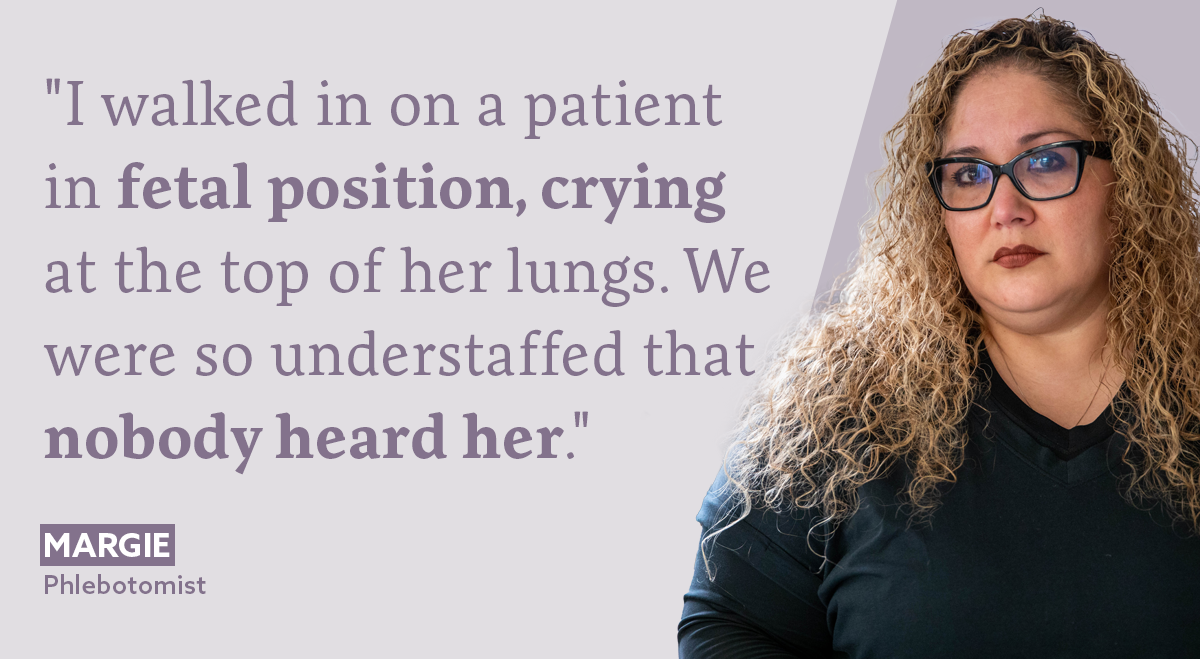
Endless waiting.
Inadequate care.
Preventable deaths.
There’s an elephant in the waiting room of every California clinic & hospital: our healthcare is in crisis and we need to talk about it.
Share Your StoryThe Elephant: Hospital & clinic misplaced priorities and mismanagement have created a staffing shortage that impacts patient care.
The Wall Street Playbook
Major California community clinics claim to be “non-profit.” In fact, some have become huge corporations with a Wall Street playbook approach to healthcare management: slashing staff and using that money on massive executive salaries and spending that has nothing to do with their mission of patient care. Below are just a few of the ways in which California clinics have operated like corporate raiders.
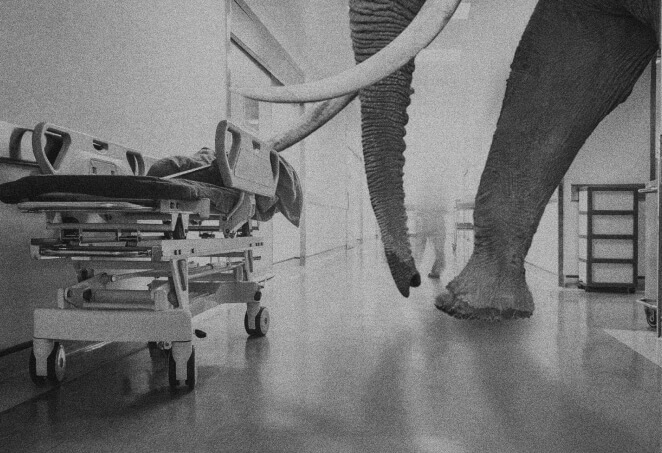
Inflated Executive Salaries
44 Community Clinic executives receive over $500,000 in annual total compensation, and 6 make more than $1,000,000. These exorbitant salaries come at the expense of frontline caregivers and the patients they serve.
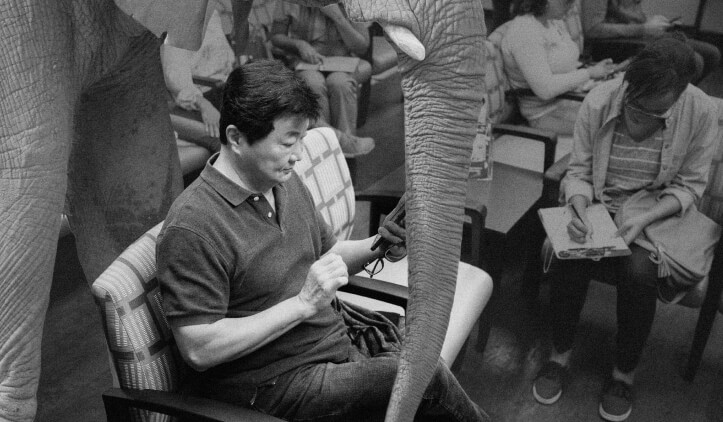

Taking the Easy Way Out
California clinics continue to invest in quick-fix solutions that don’t fix anything, while our quality of care plummets.
Reducing staff and services. Traveling nurses. More operational cuts. These are some of the “solutions” dysfunctional clinic systems are putting in place to address the staffing shortage they put into motion. It’s not working – the equivalent of putting a bandaid over a bullet wound. Which isn’t far off from the quality of care you’d be receiving if we don’t change course now.
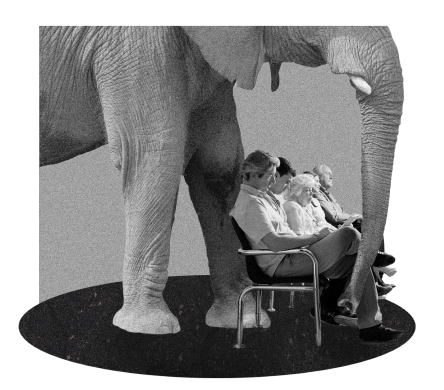
Every day, patients across California are experiencing the consequences of a dysfunctional healthcare system. From minor frustrations like long wait times, to major, life-threatening shortfalls in care, we’ve all felt what it means to be let down by failing healthcare. Here’s what the system doesn’t want you to know. And, what you can do about it.
The Impact: Mismanagement, short-staffing, and lack of investment in care.
We Pay The Price For Their Bad Decisions
What happens when clinic management plays roulette with our healthcare dollars? CEOs pocket record-breaking paydays while everyday healthcare workers pay the price.
Elephant Sightings
Our latest reports of how clinics are mishandling public dollars by funding their latest schemes and giving clinic CEOs outrageous handouts instead of serving the California patients they made a promise to.
Do You Have Information to Share?
If you have a story about mismanagement at a California community clinic, call the Clinics Exposed Tipline at (323) 888-8150 today. We will protect your identity.
Decreased Community Benefits
Community clinics are funded primarily by tax dollars, but some spend less than 50% of their revenue on the mission of care, all while paying bloated CEO salaries.
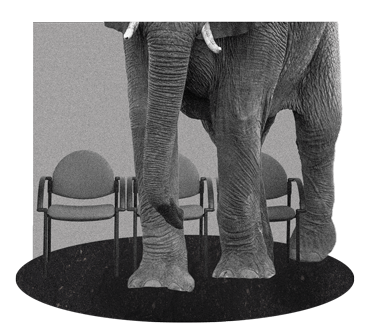
The Solution: How to fix California’s healthcare system

If clinics are able to spend that much to pay executives and play the financial markets, why aren’t they able to invest in necessary medical equipment, adequate staffing, or quality patient care? Because of old-fashioned corporate greed, our healthcare system is being severely mismanaged, but it doesn’t have to be that way. It’s time to address the elephant in the waiting room.
Put Patients Over Profits
Clinic systems, even non-profits, are putting profits over patients. They have put a Wall Street playbook over community care, and it’s time for them to recommit to providing the best care to each patient – regardless of financial status and background. We need clinics and hospitals to recommit to investing in public health. That means they need to drop their investments in fossil fuels, fast food, and any other industry that harms California communities.
Invest In Healthcare Workers
Clinic systems urgently need to end the understaffing crisis, and the path to doing that is simple. Healthcare execs need to recognize the people who do the real work, and make sure that they are treated with dignity. That means increased pay across the board, competitive benefits, and an investment in training and career development opportunities. And community clinics that are primarily funded through taxpayer dollars need to ensure that 90% of their total funding is spent on the mission of providing care. Understaffing won’t get fixed overnight, but there are clear things that clinics can do today to make life a little bit easier for our overworked, and oftentimes underappreciated, healthcare workers.
Train The Next Gen of Caregivers
Healthcare workers are essential in every community but they’ve faced disastrous working conditions and low pay for a long time. It’s no wonder that so few Californians are joining the trade. That’s why SEIU-UHW created the Futuro Health program to train the next generation of allied health workers. To solve the understaffing crisis, we need hospital systems to renew their investment in future employees by committing a sizable budget to long-term fixes to our staffing problems.
Promote Transparency
If clinics are meant to serve patients, then patients deserve to know what providers are spending their money on. We need complete transparency over any large investments made by a California clinic system. That means a complete list of every investment in their portfolios, how much each executive is being paid – both in salary and bonuses, and the amount invested in short-term solutions to understaffing.
Share your experience as a patient in a California clinic.
If you’ve been impacted by decreasing quality of care in a California clinic, we want to hear from you. We will never share your story without contacting you first.
Who We Are
The Elephant in the Waiting Room is proudly brought to you by the dedicated healthcare workers of SEIU United Healthcare Workers West (SEIU-UHW). We are a union dedicated to ensuring our workers have everything they need to provide the high-quality care their patients need. That includes sounding the alarm on the understaffing crisis and its cause: underinvestment in healthcare.








